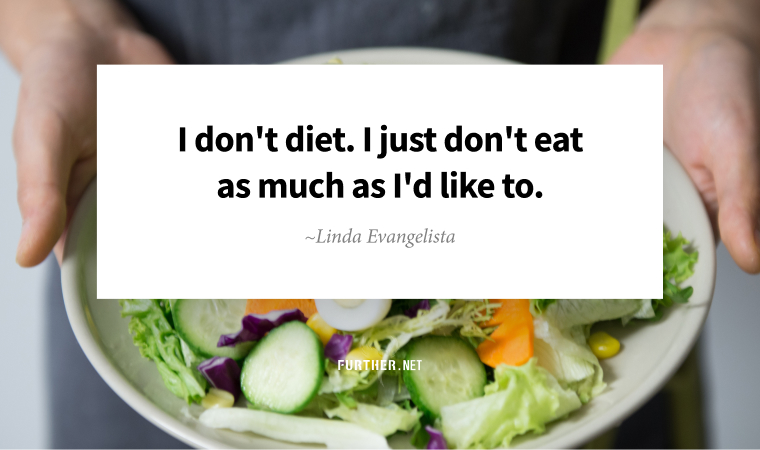
In our lifetimes, we’ve seen countless fad diets: place-related (South Beach, Beverly Hills), founder-driven (Scarsdale, Atkins), restrictive (Zone, Paleo, cleanses), and even a cookie diet. (Not this, this.)
I grew up with a fridge full of Cool Whip and Tab and a yo-yo dieting mom with a genetic predisposition for diabetes. When she developed the disease in her mid-40s, she had an epiphany: she’d drop the fads and instead control it with diet and exercise.
Guess what? It worked — for nearly a decade she staved off taking insulin, and even after that, she only needed a low dose. It turns out the simple act of staying on top of calorie intake and expenditure was the ticket.
However, that doesn’t mean achieving a weight-loss-driving calorie deficit is simple, nor is it about deprivation or obsessively counting calories. Here’s the skinny on sustainable weight loss.
Slow Your Roll
Losing weight isn’t a vanity play, although that’s fine as an initial motivation. It’s a crucial way to improve your healthspan. But this is a lifestyle change, so nutritionists like Cory Ruth, CEO of The Women’s Dietitian, say take your time.
Weight loss needs to be sustainable over time, and it needs to come in the form of healthy, long-term habits. Losing weight at a slower pace can help you keep it off for now and for life.”
Most experts agree that paying attention to calorie information is central to weight loss. A tracker like my Fitness Pal can help you monitor the quality and quantity of your consumption because both aspects matter. (Full disclosure: I use the app’s free version, and I’ve lost around ten pounds over six months.)
When figuring out what a calorie deficit means to you, be sure to factor in your metabolic rate, which considers your weight, height, and gender. And no, you don’t get a midlife metabolism hall pass: research shows it stays pretty consistent throughout our adult life.
Mindful Munching
The minute I started writing down what I ate, my weight loss journey was on. Because knowing what you’re putting into your mouth is key, eat home more often. As Ruth points out:
When we eat out, we inevitably take in more calories, fat, and sugar. Being the one in control of what and how much of an ingredient goes into your food is a foolproof way to eat better for weight management.”
Additionally, she recommends using the “plate method,” where you divide your meal into half low-starch vegetables, a quarter protein, and a small serving of carbs. This also reminds me of the Japanese 80% rule of eating, hara hachi bun me, which is all about mindful eating.
The bottom line: if you want to weigh less, gain consciousness. You’ve got nothing (but lbs.) to lose.
The 3 Best Ways to Achieve Sustainable Weight Loss, Expert Says (Eat This, Not That!)
